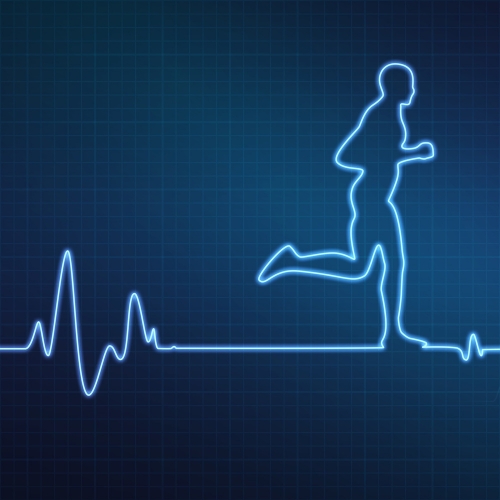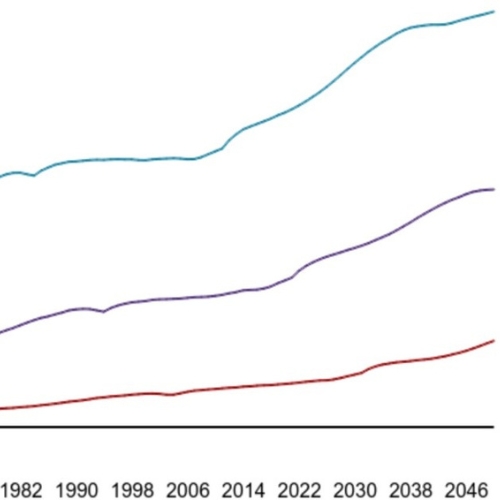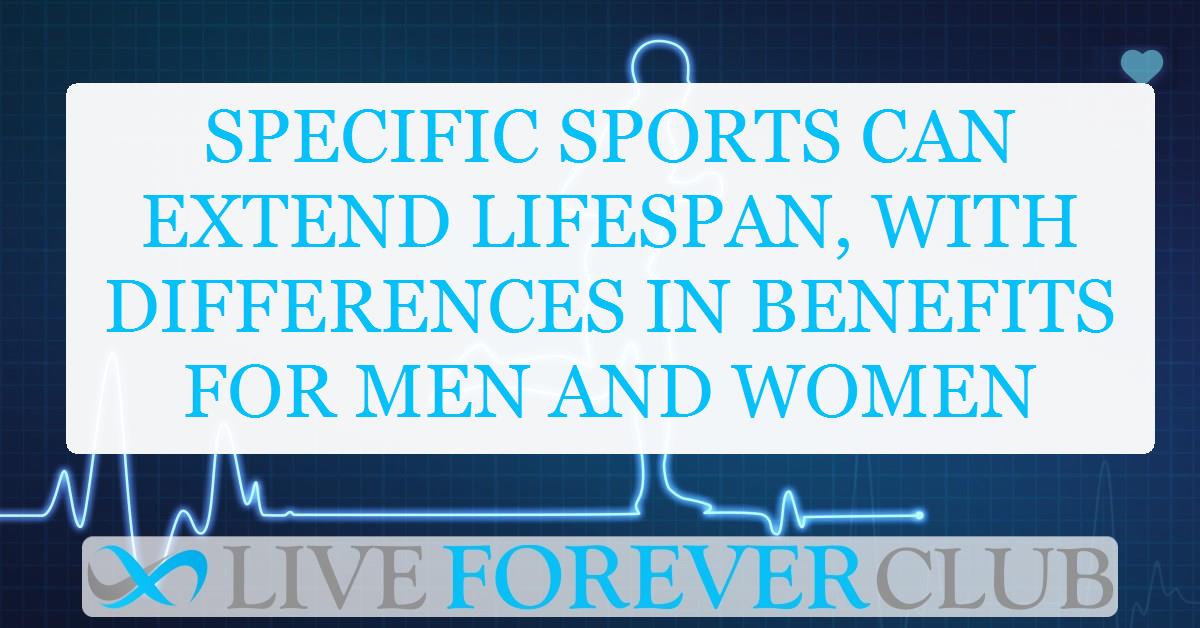Sports and physical activity have long been associated with numerous health benefits, ranging from improved cardiovascular health to better mental well-being. However, the question of whether specific sports can extend an athlete's lifespan has been less explored. A recent study published in GeroScience titled "Sport and Longevity: An Observational Study of International Athletes" delves into this very topic, examining the impact of various sports on the lifespan of elite athletes worldwide.
Understanding the study
The study analyzed data from a cohort of 95,210 athletes born between 1862 and 2002, representing 183 countries and 44 different sports disciplines. The researchers aimed to identify whether participation in specific sports was associated with an increase or decrease in lifespan compared to the general population. The dataset, heavily skewed towards male athletes (95.5%), provided a unique opportunity to explore these associations on a global scale.
The researchers categorized the sports into distinct groups, such as endurance sports, mixed sports (those that require both aerobic and anaerobic effort), and purely anaerobic sports. They then calculated the "age delta" (age Δ) for each athlete, which is the difference in years between an athlete’s lifespan and the expected lifespan of the general population from the same country, sex, and time period.
Key findings: Men benefit more
One of the most striking findings from the study is the significant difference in lifespan benefits between male and female athletes. Male athletes were generally found to live longer than their non-athlete counterparts, while female athletes showed a more complex relationship with lifespan.
Among male athletes, certain sports were associated with substantial lifespan extensions. Pole vaulting and gymnastics, for example, were linked to an average increase of 8.4 and 8.2 years, respectively. These sports, which require a combination of aerobic and anaerobic fitness, seem to provide the greatest longevity benefits. Other sports such as fencing, archery, and various track and field events also showed positive associations with lifespan, though to a lesser extent.
Conversely, some sports appeared to negatively impact lifespan. For instance, sumo wrestling and volleyball were associated with a reduction in lifespan by 9.8 and 5.4 years, respectively. The study suggests that the physical demands and potential for injury in these sports might outweigh their health benefits, particularly in the long term.
A closer look at female athletes
The study’s findings on female athletes were less conclusive, primarily due to the smaller sample size and the historical underrepresentation of women in professional sports. However, the data that was available indicated a generally negative association between sports and lifespan among female athletes. Most sports showed either a neutral or negative impact on lifespan, with a few exceptions.
Golf and racquet sports, like tennis and badminton, were among the few sports that demonstrated a positive association with lifespan in women, extending it by about 2 to 3 years. This suggests that these sports, which are less physically demanding and involve moderate levels of exercise, may offer more longevity benefits to women compared to high-intensity or high-impact sports.
The researchers proposed several hypotheses to explain these gender differences. One possibility is that women, who generally have a longer life expectancy than men, might already be closer to their maximum lifespan, leaving less room for extension through physical activity. Another hypothesis is that the intense physical demands of professional sports may introduce stressors that negatively impact female athletes' health over time.
Why some sports extend lifespan
The study offers several potential explanations for why certain sports are associated with extended lifespans. Mixed sports, which involve both aerobic and anaerobic exercise, appear to provide the most significant longevity benefits. These activities improve cardiovascular health, enhance muscle mass, and reduce the risk of conditions like obesity and diabetes, all of which are linked to longer lifespans.
For example, pole vaulting and gymnastics require not only physical strength but also agility, balance, and endurance. The combination of these physical demands likely leads to improved overall fitness and resilience, which translates into longer life expectancy.
On the other hand, sports that are predominantly anaerobic or involve high-impact collisions, such as sumo wrestling and boxing, were found to have negative associations with lifespan. The study suggests that the risks of traumatic injuries and the physical strain associated with these sports might contribute to a shorter lifespan. Additionally, the extreme diets and weight fluctuations common in sports like sumo wrestling could further exacerbate health issues, leading to earlier mortality.
Complex role of hypoxia and intense training
The study also touches on the concept of exercise-induced hypoxia, which occurs when the body is subjected to low oxygen levels during intense physical activity or altitude training. While hypoxia has been shown to extend lifespan in model organisms through mechanisms like improved mitochondrial function and reduced oxidative stress, its long-term effects on human athletes are less clear.
In endurance sports, where athletes frequently train at high altitudes or push their bodies to the limit, hypoxia could potentially offer protective benefits that extend lifespan. However, the study acknowledges that more research is needed to fully understand how these factors interact in humans.
Implications for athletes and the general population
The findings from this study have important implications for both current and aspiring athletes. For male athletes, participating in sports like gymnastics, pole vaulting, or other mixed disciplines may not only improve performance but also extend life expectancy. However, athletes in high-risk sports like sumo wrestling or boxing should be aware of the potential long-term health risks associated with their sport.
For female athletes, the study suggests that while sports can offer many health benefits, the impact on lifespan may vary depending on the sport. Less physically demanding sports like golf or tennis may offer the best balance between fitness and longevity.
Lifespan-sport connection
The relationship between sports and lifespan is complex and influenced by various factors, including the type of sport, the athlete's gender, and the intensity of the activity. This study provides valuable insights into how different sports can impact longevity, highlighting the benefits of certain mixed sports while cautioning against the potential risks of others.
As more research emerges, athletes and coaches alike can use these findings to make informed decisions about training and competition, ultimately optimizing not just performance, but also long-term health and wellbeing.
The study was carried out by Marco Demaria and team from University of Groningen is published in the journal GeroScience.







